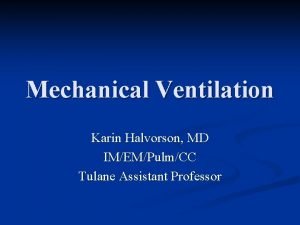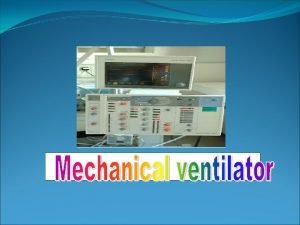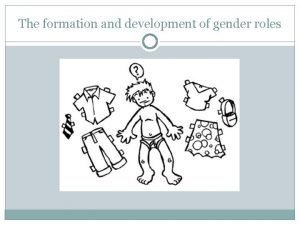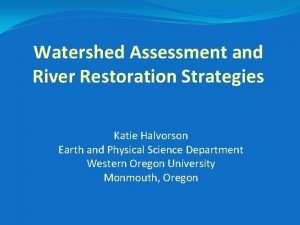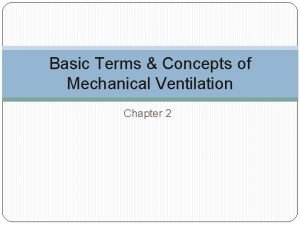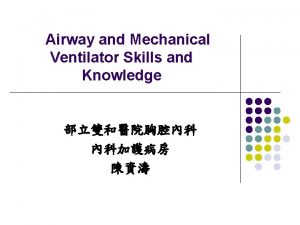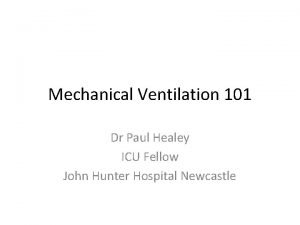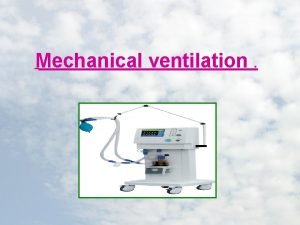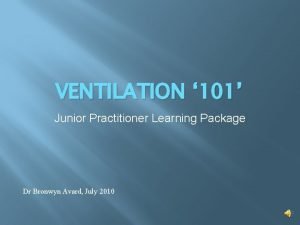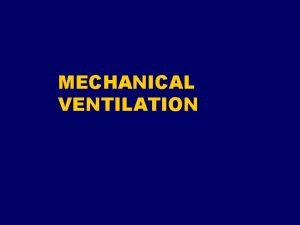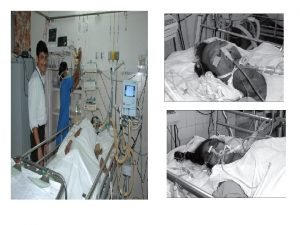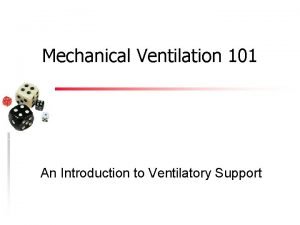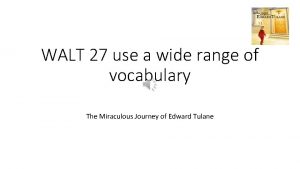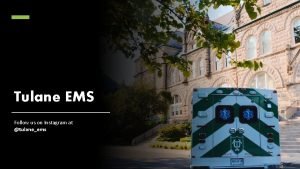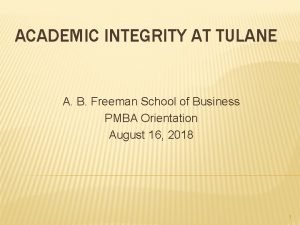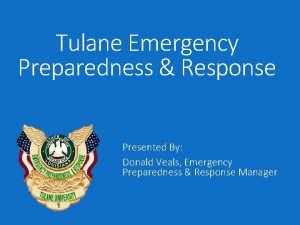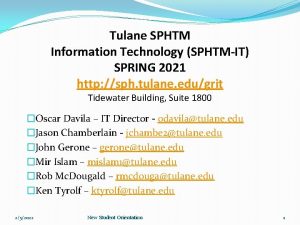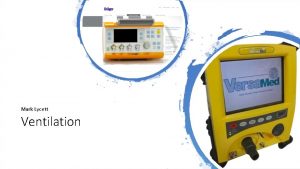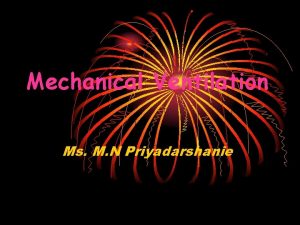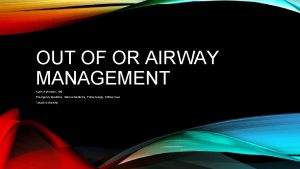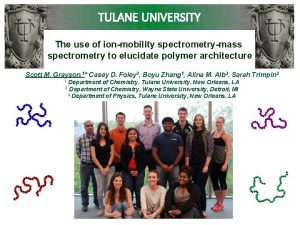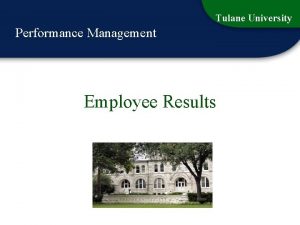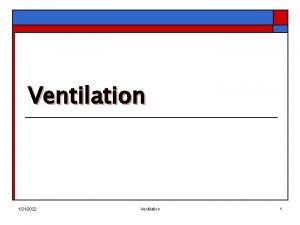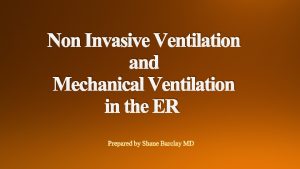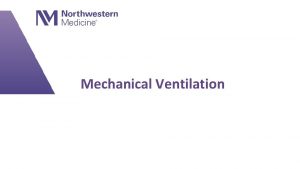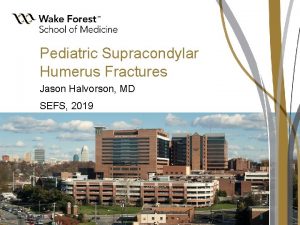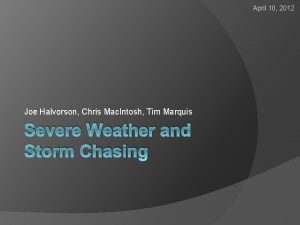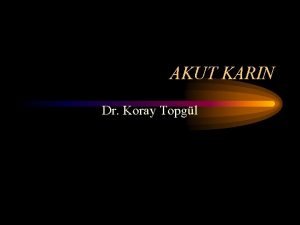Mechanical Ventilation Karin Halvorson MD IMEMPulmCC Tulane Assistant
























- Slides: 24

Mechanical Ventilation Karin Halvorson, MD IM/EM/Pulm/CC Tulane Assistant Professor

MODES n AC Minimum number of supported breaths n Target Volume or Pressure n n SIMV n Minimum number of supported breaths (synchronized to pt’s breathing) PSV n CPAP/Bi. PAP n T-piece n

AC

AC

Pressure vs Volume

AC

PRVC

SIMV

SIMV + PS

PSV

PAV proportional assist (PSV with the vent deciding the pressure setting)

Settings n Mode n n Vt n n 6 -8 m. L/kg IBW RR n n Typically AC 8 -12/min Fi. O 2 n Typically 100%, wean by Sa. O 2

Modifiers n Oxygenation Fi. O 2 n PEEP n n Ventilation Mode n Vt n RR n

Peak & Plateau n Peak inspiratory pressure (PIP) n n Determined by airway resistance and lung compliance Plateau pressure (Pp) Determined by lung compliance n Goal <30 n

PIP and Pp

Emergencies 1. Peak/Plateau ~ If ↑ PIP (Φ Δ Pp) = Airway abnl (bronchospasm, secretions) ~ If ↓ PIP (Φ Δ Pp) = Leak ~ If ↓PIP & ↓Pp = ↑ Compliance ~ If ↑Pp = ↓ Compliance (PTX, pulm edema, PNA, intra-abd process) n n Patency of Tube (check with suction) Disconnect from Vent & Bag ~ Auto-PEEP (continuous flow during exp pause, essentially no rest after exp which stacks breaths) n n Auscultate CXR

Auto-PEEP full expiration not achieved, “delayed-cycling” decrease RR, increase inspiratory flow time, or change I: E for increased E time

Ineffective Triggering Not enough effort to trigger the ventilator

Double Triggering patient wasn’t ready for inspiration to be complete increase time for inspiration

Auto Triggering non-respiratory factors trigger the ventilator circuit leak, water in tubing, cardiac oscillations, neb treatments, chest tubes with significant suction correct leak/water, change trigger threshold or parameter (pressure triggering works well)

Special Situations n Asthma/COPD n Increase time of inspiration & expiration n ↓RR, n ↓Vt (6 -7 m. L/kg), ↑flow rate (80 -100 L/min) ARDS n Pa. O 2/Fi. O 2 <300 (mild <300, mod <200, severe <100) n ↑RR (18 -22), ↓Vt (4 -6 m. L/kg), ↓Pp (<30) n ↑PEEP for oxygenation n Permissive hypercapnea (p. H >7. 2)

APRV

NIMV n COPD Exacerbation n n Bi. PAP CHF (acute cardiogenic pulmonary edema) n CPAP Immunocompromised States with respiratory failure n Failed PS Trial after intubation for COPD n

Extubation n Screening: n Sedation reversed, VS stable, Adequate cough & ability to clear secretions PS trial n RSI <105 (as an RSI >105 predicts failure) n
 Karin halvorson
Karin halvorson Modes of mechanical ventilation
Modes of mechanical ventilation Martin & halvorson (1983) strengths and limitations
Martin & halvorson (1983) strengths and limitations Gender schema definition
Gender schema definition Katie halvorson
Katie halvorson Basic terms and concepts of mechanical ventilation
Basic terms and concepts of mechanical ventilation Atelectosis
Atelectosis Mechanical ventilation indications
Mechanical ventilation indications Complications of mechanical ventilation
Complications of mechanical ventilation Pressure support ventilation
Pressure support ventilation Mechanical ventilation learning package
Mechanical ventilation learning package Positive end expiratory pressure
Positive end expiratory pressure Ventilation definition nursing
Ventilation definition nursing Tactical ventilation
Tactical ventilation Minute ventilation
Minute ventilation Actual mechanical advantage vs ideal mechanical advantage
Actual mechanical advantage vs ideal mechanical advantage Wide range of vocabulary
Wide range of vocabulary Tulane course catalogue
Tulane course catalogue Tulane ems
Tulane ems Tulane pmba
Tulane pmba Tulane wavesync
Tulane wavesync Itleadsonline
Itleadsonline Tulane tech support
Tulane tech support Tulane university
Tulane university Pharos tulane
Pharos tulane
